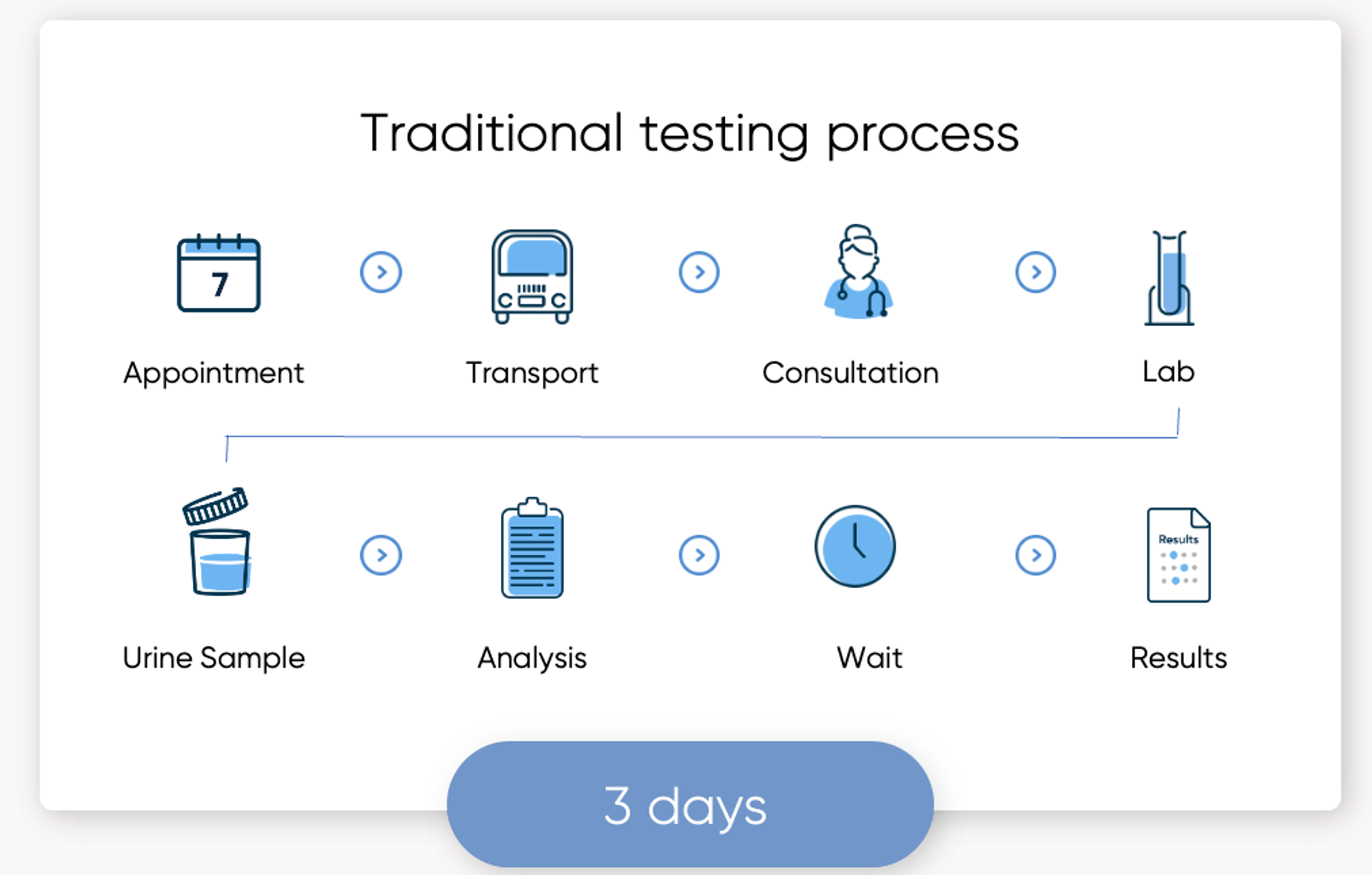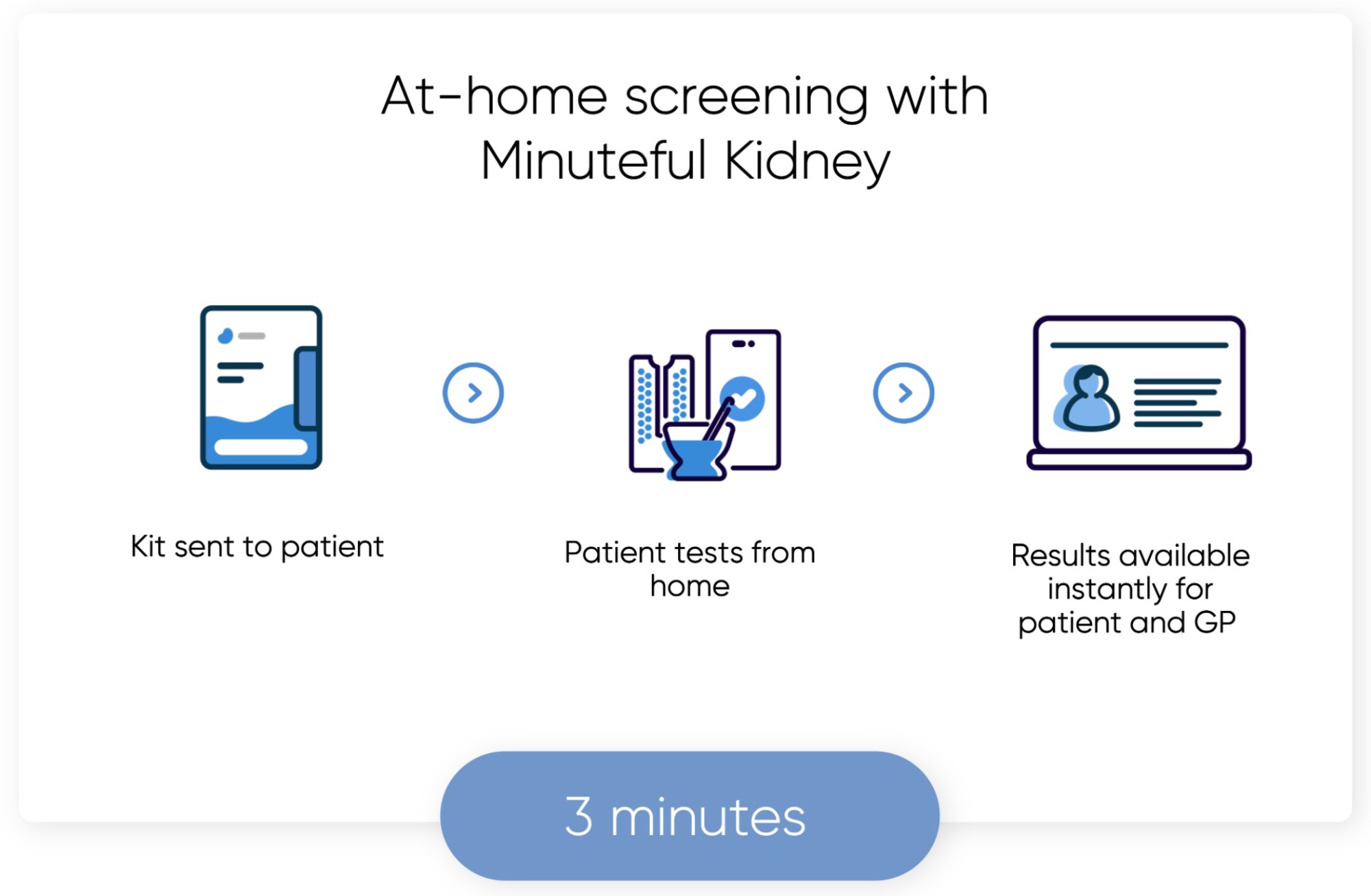

Prepared for Anette
⏱ Avg. Reading Time: 5 min
Frimley ICB has pockets of inequality and 2.3% of the population live in the most deprived region of England.
CKD does not affect everyone equally and is an important area of focus for reducing health inequalities, hence its inclusion in the national CVDPrevent audit.
People from lower socio-economic groups are more likely to develop CKD and progress faster towards kidney failure.
Black, Asian and minority ethnic communities are five times more likely to develop CKD than other groups [3].
Frimley ICB has pockets of inequality and 2.3% of the population live in the most deprived region of England.
CKD does not affect everyone equally and is an important area of focus for reducing health inequalities, hence its inclusion in the national CVDPrevent audit.
People from lower socio-economic groups are more likely to develop CKD and progress faster towards kidney failure.
Black, Asian and minority ethnic communities are five times more likely to develop CKD than other groups [3].
• GP practice sends initial SMS or letter
• Healthy.io send SMS to say kit is on it’s way
• Test kit arrives at patient’s home
• Leaflet provided with test kit
• Initial outreach sequence (if test not completed)
• Patient reminders via text, push notification, email
• Support via call centre
• Patient conducts test
• Results available immediately for GP review and follow-up








